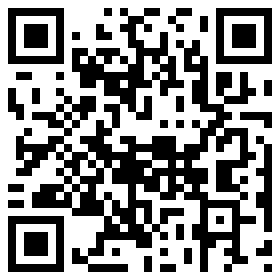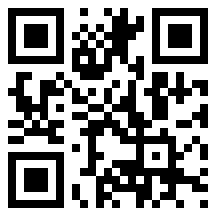
One of my new years resolutions is to try and phase my Web 1.0 websites more into a Web 2.0 framework and this blog is an instrument of that conversion. Through this device, I can maintain my Web 1.0 sites as before but link to my projects via this blog thereby generating an RSS feed and tag anchor to my most important updates. This posting is the first of these notices.
My central site is
http://www.vancestevens.com which, thanks to the generosity of a kind supporter in Portugal, I mirror at
http://www.prof2000.pt/users/vstevens/index.html for the benefit mainly of those in China and other countries such as Vietnam and Tunisia, where Geocities is blocked. I maintain there a list of my most recent projects, publications, and presentations.
Near the head of that list currently there is a link to my Studies on Second Life. This is a multi-user virtual environment that has caught the attention of Webheads in Action
http://webheads.info, my online professional group, or community of practice. In the picture above you can see my avatar, Webhead Link, flying over Edunation, an island in Second Life with a hut full of Webheads artifacts. Webhead Link is so enamored of Second Life that he has started his own blog about it. You can find that at
http://webheadlink.wordpress.com/.
Meanwhile I've written a couple of papers on Second Life. The first was for the On the Internet column which I edit and often write for the TESL-EJ online professional journal. That article is here:
At the presentation I hope to actually go into second life 'live' and show participants some of the educational potential there.
Finally, my proposal was accepted to the TESOL Arabia Conference in Dubai March 15-17, 2007
http://tesolarabia.org/conference/. My proposal is entitled "SecondLife and collaboration in distributed learning networks" and I'll reproduce the abstracts here. The first (50 words) is for the program booklet: Collaborative learning environments using Web 2.0 and social networking tools are sometimes blocked in educational settings. Proponents must acquire experience and expertise to articulate beneficial aspects of such tools. Emerging technologies ranging through Skypecasting and Second Life are discussed as illustrations of virtual spaces with high potential for language learning.
Here is the longer abstract, produced so as to attract the favor of those vetting proposals:
This paper discusses distributed learning networks for professional and student collaboration using the read-write Web. Many such environments have arisen due to evolving ways people interact over the Internet, freely and in peer-to-peer networks. Examples range from flat open source learning and content management tools (e.g. Moodle) to richer but potentially controversial facilities integrating learning with social networking tools (e.g. Elgg, MySpace), and beyond (e.g. Skypecasting, SecondLife).
Use of social networking sites in education appears 'transformative' to some, whereas others would ban them. Given concern for abuse of social networking features, proponents must acquire expertise through experimentation and critical reflection then mount principled appeals to policy-makers and peers for appropriate access to beneficial aspects of the emerging Internet -- or risk forfeiting the lead to unsavory interests, relegating students to noncompetitive positions in an increasingly connected world, and stifling the opportunity for educators and students to carry on conversations that promote learning through interaction with others in constructivist learning networks.
I've chosen Skypecasting and SecondLife to illustrate educational potentials "beyond" the cutting edge of technology. Educational environments are proliferating in SecondLife (e.g. language projects, compelling simulations, museums) and purchase of 'island' space by education-spirited entities make these worlds available to peers (for free) in the safety of 'walled gardens'. Given robust Internet, I will visit such spaces and meet other educators there, with whom we can converse in real time while touring the virtual space. Alternatively I can use screen shots and recordings to convey the flavor of the experience.
In order to prepare these studies I compiled information I came across in a set of Web 1.0 pages:
I also started a wiki and encouraged colleagues to vet my work and add their comments:
Anyone can write there if they wish, so if you read any of this and care to edit the wiki, feel free.
Finally, I have been invited to teach a short course on writing on the Internet in San Sebastian, Spain the 11th-13th July this summer
http://www.sc.ehu.es/cursosverano. My
curso is entitled "Learning to write in a global and plurilingual world" and is to consist of 3 hour-long lectures on "Electronic writing, On-line learning to write, Electronic approach to language learning -focus on writing." My attempts at engaging others in my Second Life writing process will contribute to experiments in preparing those lectures (which I hope will be interactive, not one-way lectures).
And really finally now for this posting, if you wish to keep up with what I am presenting and have presented and written, with links to full texts online, you can visit my 'papers' page at one of the links below:



 Tag in your DEL.ICIO.US account
Tag in your DEL.ICIO.US account










